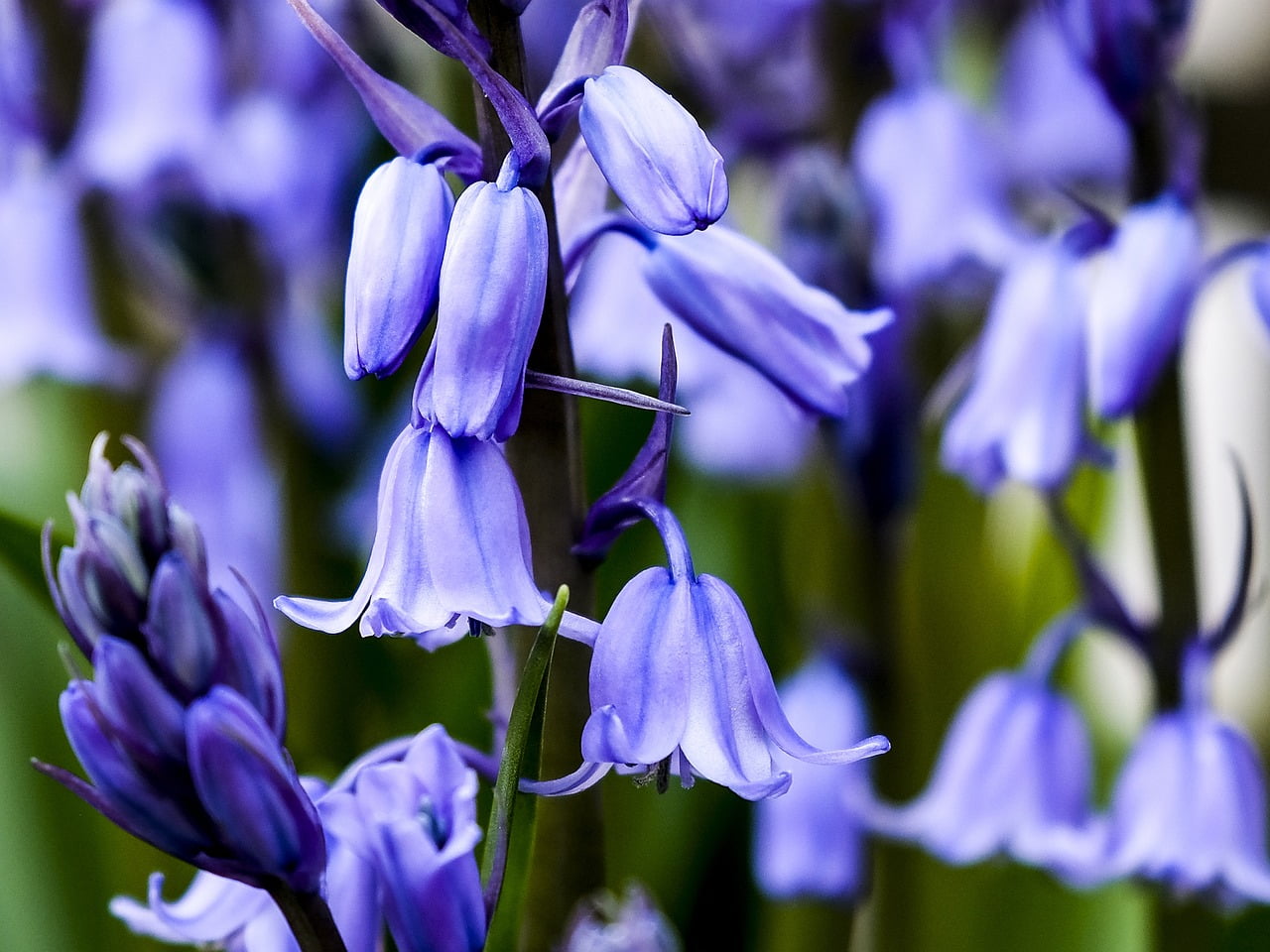
growing bluebell flowers
Introduction
growing bluebell flowers, with their delicate bell-shaped flowers and vibrant blue hues, are a beloved sight in many gardens and natural landscapes. If you’re considering planting bluebells or already have them in your garden, this guide will provide you with valuable information on their cultivation and care. From selecting the right species to creating favorable growing conditions, let’s explore how to grow these enchanting flowers and add a touch of beauty to your outdoor space.
Table of Contents
growing bluebell flowers
- Introduction to Bluebells
- Choosing Bluebell Species
- Selecting the Planting Site
- Preparing the Soil
- Planting Bluebells
- Watering and Mulching
- Fertilizing and Maintenance
- Protecting Against Pests and Diseases
- Caring for Established Bluebells
- Propagation and Division
- Conclusion
- Frequently Asked Questions
Introduction to Bluebells
Bluebells, scientifically known as Hyacinthoides, are perennial flowering plants that are native to Europe and parts of North America. These charming flowers are known for their vibrant blue or purple blossoms and sweet fragrance. They are a favorite among gardeners and nature enthusiasts alike for their ability to create beautiful carpets of color in springtime.
Choosing Bluebell Species
Several species of bluebells exist, each with its own unique characteristics and preferences. The two most common species are the English bluebell (Hyacinthoides non-scripta) and the Spanish bluebell (Hyacinthoides hispanica). The English bluebell is known for its graceful, drooping flower bells and native status in the UK, while the Spanish bluebell features sturdier upright flower stalks and is more tolerant of sunnier conditions.
Selecting the Planting Site
Bluebells prefer partially shaded areas with moist, well-draining soil. When selecting a planting site, consider areas that receive dappled sunlight or are shaded by trees or shrubs. Avoid locations with heavy clay soil or those prone to waterlogging, as excessive moisture can rot the bulbs.
Preparing the Soil
Bluebells thrive in humus-rich, slightly acidic soil. Prior to planting, prepare the soil by removing weeds and debris. Add organic matter, such as compost or well-rotted leaf litter, to improve soil structure and fertility. This will provide a favorable environment for the bulbs to establish and flourish.
Planting Bluebells
Bluebells are typically planted in autumn when the soil is still warm, allowing the bulbs to establish their root systems before winter. Follow these steps to plant bluebells:
- Dig holes that are 2 to 3 times the depth of the bulb.
- Space the bulbs approximately 4 to 6 inches apart, allowing room for natural spreading over time.
- Place the bulbs in the holes with the pointed ends facing upward.
- Gently backfill the holes with soil, firming it gently around the bulbs.
- Water thoroughly after planting to settle the soil and provide moisture to the bulbs.
Watering and Mulching
Bluebells require regular watering, especially during dry spells or prolonged periods of drought. Keep the soil consistently moist but not waterlogged, as excessive moisture can cause bulb rot. Apply a layer of organic mulch, such as wood chips or leaf mulch, around the base of the plants to help retain moisture and suppress weed growth.
Fertilizing and Maintenance
Bluebells generally do not require regular fertilization. However, you can apply a balanced, slow-release fertilizer in early spring or incorporate organic matter into the soil before planting to provide essential nutrients.
Regular maintenance includes removing spent flowers to prevent seed formation and promote energy storage in the bulbs. Avoid cutting back foliage until it has turned yellow and withered naturally, as the leaves play a crucial role in nourishing the bulbs for the following year’s growth.
Protecting Against Pests and Diseases
Bluebells are relatively resistant to pests and diseases. However, slugs and snails may occasionally feed on the foliage. To protect your plants, consider implementing natural pest control methods, such as handpicking or using organic slug repellents.
Caring for Established Bluebells
Once established, bluebells require minimal care. They will naturalize and multiply over time, creating beautiful displays of flowers. Ensure the soil remains moist during dry spells and provide a layer of mulch to help conserve moisture and suppress weeds.
Propagation and Division
Bluebells can be propagated through bulb division. Lift clumps of established bluebells every few years in late summer or early autumn. Carefully separate the bulbs and replant them in desired areas or share them with fellow gardeners.
Conclusion
Bluebells bring a touch of enchantment and natural beauty to any garden or woodland area. By following the guidelines provided in this comprehensive guide, you’ll have the knowledge and techniques to successfully plant and care for bluebells. From selecting the right species to proper planting, watering, and maintenance, each step plays a crucial role in the success of your bluebell cultivation. Embrace the elegance and charm of bluebells as they grace your outdoor space with their vibrant colors and delicate blooms.
Frequently Asked Questions
- Q: Can bluebells tolerate full sun?
A: Bluebells prefer partially shaded areas but can tolerate some morning or dappled sunlight. Avoid intense afternoon sun, as it can scorch the foliage. - Q: How deep should I plant bluebell bulbs?
A: Plant bluebell bulbs at a depth of 2 to 3 times their own height. For example, if a bulb is 1 inch tall, plant it at a depth of 2 to 3 inches. - Q: When is the best time to divide and propagate bluebells?
A: Late summer or early autumn is the ideal time to lift and divide established bluebell clumps. This allows the bulbs to settle in before winter. - Q: Can bluebells be grown in containers?
A: Bluebells are best suited for naturalizing in garden beds or woodland areas. However, you can grow them in containers if the containers are large enough to accommodate their growth and provide adequate drainage. - Q: How long do bluebells bloom?
A: Bluebells typically bloom for a few weeks in spring, usually in April or May, depending on the region and species.